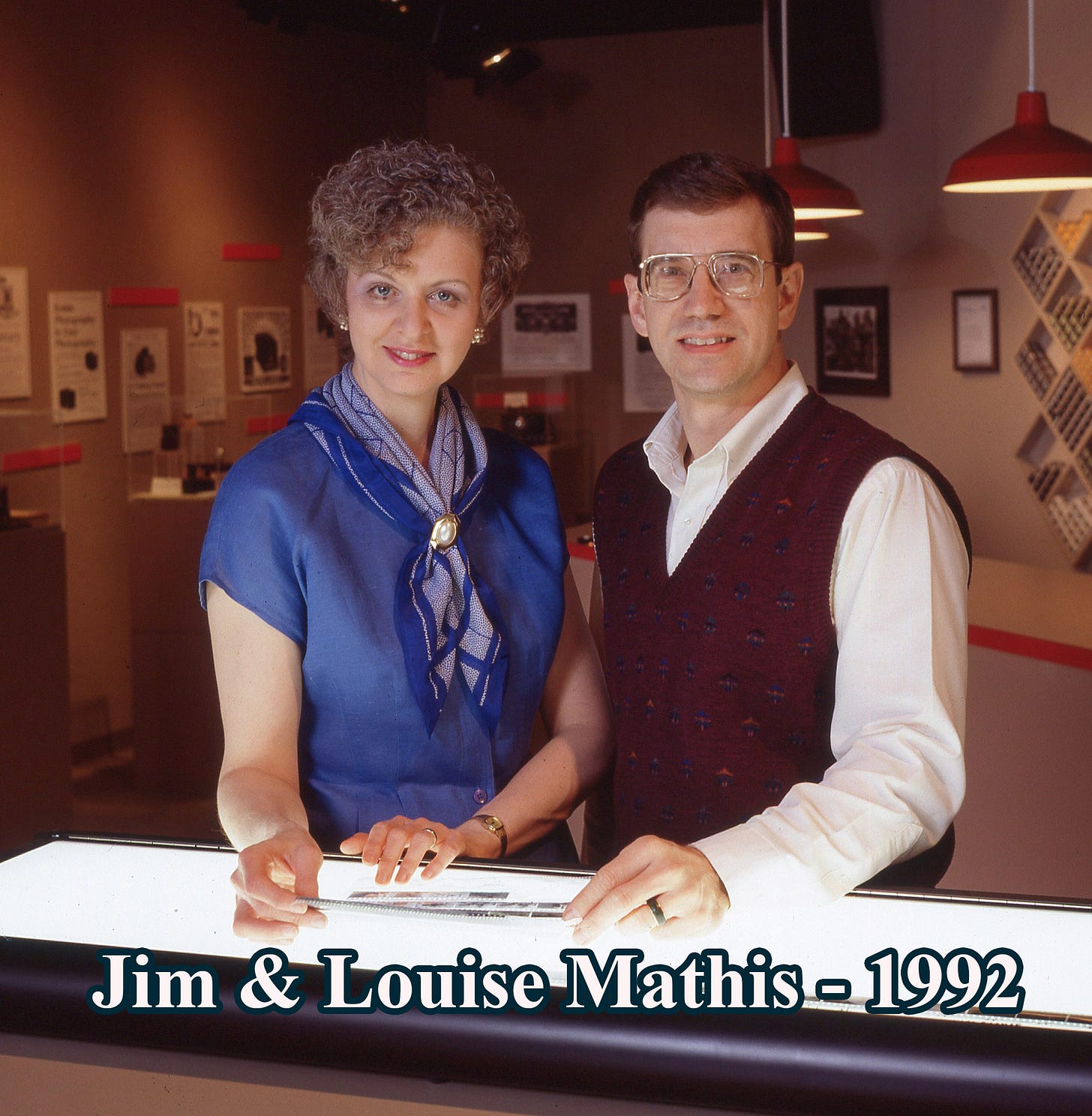Experience is the Best Teacher
From 1973 to 1996 my wife and I owned a custom black and white photo lab. Part of our service was sepia tone or brown toned prints. Sepia toning involved making a B&W print the usual way, bleaching it in photographic bleach and then redeveloping it in a special sepia-toned solution. This was an extra-charge item, as it was time consuming.
In 1976 we bought a Kodak Royalprint paper processor. This machine automatically processed and dried the photo paper, saving a lot of time and giving more consistent and higher quality results as well.
To make sepia prints, we processed the paper in the processor in the usual way and then used the sepia bleach and toner. A few years later, I was reading an article in a trade journal about our model of Royalprint processor. It said that one of the downsides was that the prints could not be sepia toned. Of course, we were surprised by this because we had already sepia toned thousands of prints right out of the processor.
The question then became, should we contact the publication and the Kodak Company where they got the information and tell them they were wrong, or just keep the secret as proprietary information. We were too busy to argue about it and decided to choose the latter. We may have been the only lab who knew how to sepia tone prints out of a Royalprint processor.
It was always an opinion of mine that a big part of the success of Mathis Photo was that I had never worked at or even had been inside a commercial photo lab. That meant that I had no bad habits or preconceived ideas about what worked and what didn’t. By figuring it out as we went, we felt that we developed better systems and produced higher quality results.
I have since heard of several successful companies who credited their success to figuring out new uses for existing equipment or modifying off-the-shelf gear for a specific purpose or improved quality. The point is, reading the instructions and taking advantage of other people’s experience is important, but experimenting and trying new ideas is the heart of innovation and success.
We were never constrained by tradition, telling us something was impossible just because someone said so. We realized that successful businesses are the ones with new ideas, develop new processes, and insist on continued improvement and consistent quality.





